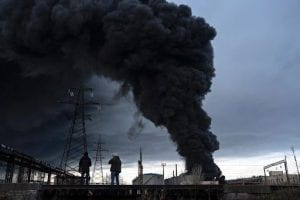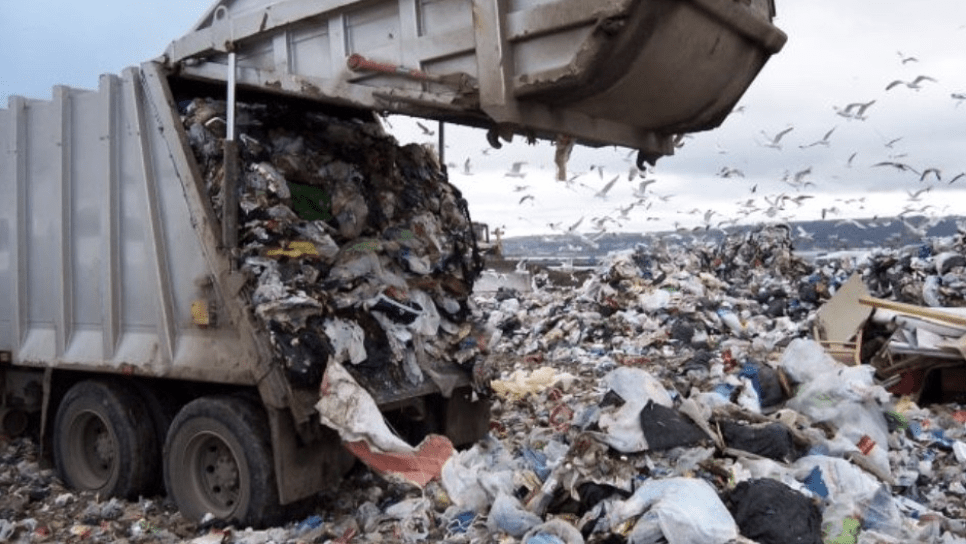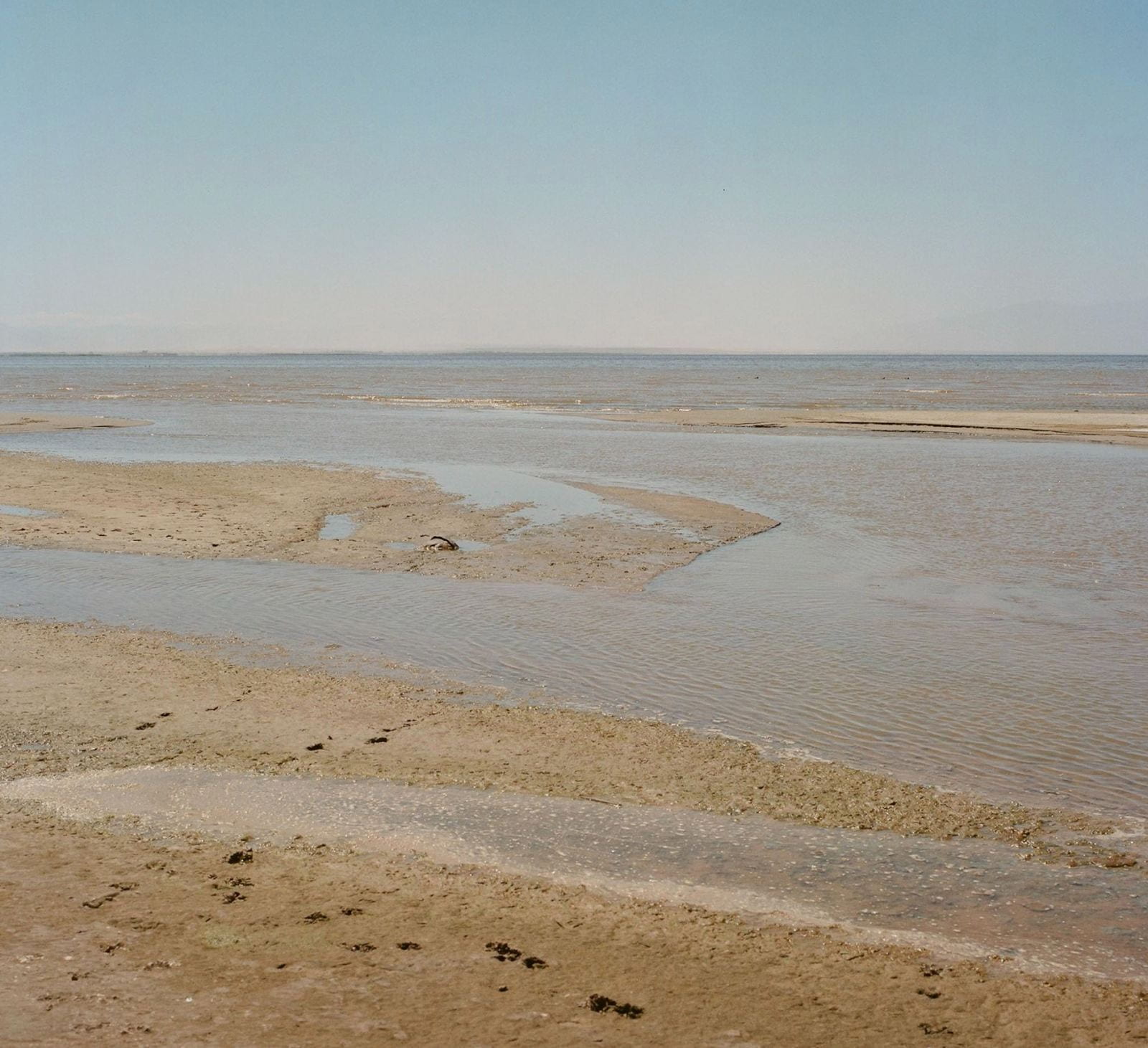War and the Environment: A Scorched Earth

Smoke rose from Odesa, Ukraine, after shelling this month.
Petros Giannakouris/Associated Press
It is commonly thought that war creates winners and losers. Either one emerges from the battlefield victorious and heroic or is left defeated, wounded, or dead. The nature of war is aggressive and combative and more often than not, war only serves the interest of those who wield their power in selfish ways. It shouldn’t come as a surprise that conflict invariably makes a victim out of the environment as military activity brands the earth with toxic pollution and destroyed infrastructure, litters landscapes, and creates holes in the ozone layer. As we pass the one year anniversary of Russia’s invasion of Ukraine, let us consider the ways the environment loses in war and if that impacts the justification of violent and active military conflict.
According to the Conflict and Environment Observatory, “the environmental impact of wars begins long before they do”[1]. It takes a vast amount of resources and money to build and sustain militaries. For example, the United States, though an outlier in military spending, allocated $773 billion dollars for “defense purposes” for the 2023 fiscal year[2]. Militaries also employ many resources that require massive amounts of energy, including land vehicles, aircraft, and vessels, and this energy typically comes from non-renewable sources. Consequently, militaries across the globe emit carbon dioxide in enormous quantities and are responsible for 5.5% of all carbon emissions. If all the world’s militaries were a country, they would be the 4th highest emitter in the world[1]. Finally, the structure of the military, as a tool for the government, prevents mechanisms of unbiased oversight from being put in place to monitor resource usage and spending. If anything, militaristic governments work to ensure continued access to natural resources like oil and gas and even fight wars over such commodities. Considering all these facts it’s no wonder that the military industry is so destructive to the environment. With unlimited budgets and a lack of accountability, the military is well-suited to wreak havoc on the earth. All these factors contribute to the ways in which military activity harms the environment in preparation for war, but in periods of conflict, the impacts are just as significant.
As I alluded to earlier, the very essence of war is what makes it so catastrophic to the environment. When the goal of warfare is to prevail by any means necessary, the environment is the first to be attacked. Scorched-Earth techniques, which are strategies that aim to destroy anything that might be useful to the enemy, characterize this approach most effectively. These strategies involve attacks on industrial, oil, and energy facilities, and agricultural infrastructure including canals, wells, and dams. The destruction of such critical resources to human life also affects ecosystems. Scorched-Earth tactics collapse environmental governance systems and result in unsustainable civilian coping strategies. For example, the destruction of waste management systems and the lack of personnel to operate them lead to the dumping and burning of refuse. It’s also not uncommon for civilians in times of war to turn to harvesting natural resources and hunting animals themselves. This happens when supply chains fail to meet their needs properly, and there are no active entities around to intervene with these normally unlawful practices[7]. This isn’t said to criticize the actions of innocent civilians in times of war. It is understood they are acting in order to survive. Even when the environment isn’t a specific target of war, the land is left scarred and scorched as a consequence.

A man and his dog with destroyed Russian tanks and other debris on a forest road near Dmytrivka, Ukraine, this month.
Ivor Prickett for The New York Times
After the last soldier leaves the battlefield and the conflicts are resolved, the injuries of war have long healing processes ahead of them. Military material has a lasting legacy on the landscapes where conflicts occur. Explosive remnants and abandoned scrap metals contaminate soil, and toxic energetic materials contaminate groundwater while remnants of maritime battles, including damaged ships and oil infrastructure, can cause marine pollution. This type of pollution makes it difficult for ecosystems to recover from stress periods and creates lasting effects on human health as well. For example, the use of Agent Orange, an herbicide mixture used by the U.S. military during the Vietnam war, had widespread public and ecological effects including birth defects, rashes, and psychological problems and also negatively impacted forest regrowth and native plant populations [3].
In discussing the legacies of military material, nuclear weapons cannot be ignored. Nuclear weapons may be the most destructive man-made armament and quickly skyrocket the casualties and ecological effects of war. Two nuclear bombs were deployed over Japan in August of 1945 and struck the cities of Hiroshima and Nagasaki, killing almost 200,000 people combined[4]. Radiation and emission from atomic fallout lasted decades, resulting in leukemia, keloids, and lethal infirmity[5]. The soil became radioactive and infertile while the contamination of water ended up spreading radiation beyond Japan’s territory. Heat waves from the explosion disrupted ecological equilibrium and were then immediately followed by rapid cooling (creating the perfect setting for massive amounts of nitric oxide to deplete the ozone layer). The effects of nuclear bombing in Hiroshima and Nagaski are unjustifiable and immeasurable and make you question why the world’s most powerful governments are accumulating more and more of these devastating and fatal instruments.
The one-year anniversary of Russia’s invasion of Ukraine passed on February 24, 2023, and it’s important to examine the ways in which Ukraine’s ecology has been affected by warfare. Here’s what is known:
- As a result of damage to the nation’s water supply infrastructure, including the Dnipro River which was damaged by shelling, 1.4 million people in Ukraine have no access to safe drinking water while 4.6 million people have limited access[6].
- Wildlife is at risk anywhere that the war in Ukraine has generated food insecurity which could have downstream effects on native species.
- Military operations have littered the land with increased amounts of waste including damaged or abandoned military vehicles, shell fragments, medical waste (some of which is toxic), and PCB.
- According to the estimates of Ukrainian authorities accumulated by the Organization for Economic Cooperation and Development, 900 protected areas of Ukraine have been affected while 30% of Ukrainian protected natural territory is suffering from the effects of the war[6].
- The nation is also home to 15 nuclear reactors at 4 power plants. Damage to these nuclear power plants has the potential to be devastating, and two have already been hit.
Ukraine has already been proactive about mitigating the environmental consequences of warfare by setting up a national council and a fund. This is impressive considering the immense pressure the government and nation are feeling at this moment and the limited resources available to them. Perhaps the Ukrainian government has been so forward-thinking about this because they recognize that human and environmental suffering (especially in the context of war) are interdependent and intersectional.
When considering if the justification of war is possible, we must consider the effects it has on our ecosystems. The nature of war, including scorched earth techniques, makes objects out of natural resources and reduces the landscape’s intrinsic value and purpose to nothing but a platform for violence. It is also observed how environmental issues in times of war are transboundary as pollution and waste accumulation are not contained by borders. Furthermore, war displaces people. The diaspora of refugees fleeing conflict as well as what it takes to support them has massive environmental footprints. The purpose of this article is not to critique the actions of innocent civilians, the decisions of soldiers, or the mechanisms of support in place to provide aid to victims of conflict. Instead, the purpose of this article is to criticize war itself and the few who hold the power to declare it.
Works Cited
- Weir, Doug. “How Does War Damage the Environment?” CEOBS, 4 June 2020, https://ceobs.org/how-does-war-damage-the-environment/.
- “The Department of Defense Releases the President’s Fiscal Year 2023 Defense Budget.” U.S. Department of Defense, 28 Mar. 2022, https://www.defense.gov/News/Releases/Release/Article/2980014/the-department-of-defense-releases-the-presidents-fiscal-year-2023-defense-budg/.
- “What Is Agent Orange?” The Aspen Institute, https://www.aspeninstitute.org/programs/agent-orange-in-vietnam-program/.
- “The Atomic Bombings of Hiroshima and Nagasaki.” Total Casualties | The Atomic Bombings of Hiroshima and Nagasaki | Historical Documents, https://www.atomicarchive.com/resources/documents/med/med_chp10.html.
- “Environmental Impacts of the Manhattan Project.” UKEssays, UK Essays, 16 Jan. 2023, https://us.ukessays.com/essays/environmental-studies/long-term-environmental-impacts-of-the-manhattan-project.php#:~:text=The%20contamination%20of%20soil%20and,led%20to%20radioactive%20air%20contamination.
- “Environmental Impacts of the War in Ukraine and Prospects for a Green Reconstruction.” OECD, 1 July 2022, https://www.oecd.org/ukraine-hub/policy-responses/environmental-impacts-of-the-war-in-ukraine-and-prospects-for-a-green-reconstruction-9e86d691/.
- Anthes, Emily. “A ‘Silent Victim’: How Nature Becomes a Casualty of War.” The New York Times, The New York Times, 13 Apr. 2022, https://www.nytimes.com/2022/04/13/science/war-environmental-impact-ukraine.html.


